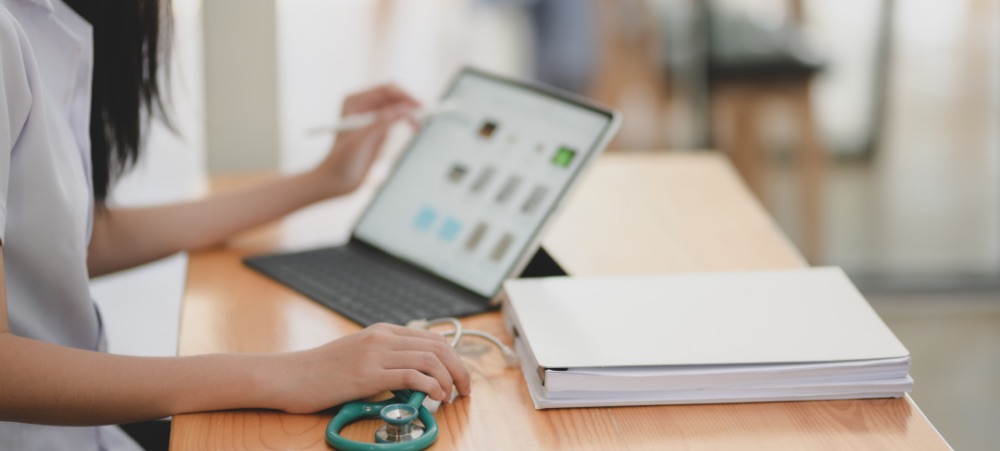Radiologists from the SCP Radiology practice and Dr Lizanne Langenhoven, who specialises in the treatment of breast cancer, talk about the different kinds of screening for breast cancer.
Dr Langenhoven says, ‘When you consider that around 90% of women find their own breast lumps, it is a very important part of the screening process. Although 80 percent of these lumps are not malignant, there are cases where women owe their lives to their own self-examination.’
A guide to self-examination:
- Lying down or in the shower: Place your right hand behind your head. Using the pads of the fingers on your left hand, feel for changes in your entire breast in a circular. Do the same above and below and in your armpit area.
- In front of a mirror: Check for any dimpling, puckering or changes in either nipple.
See your doctor or clinic if you have any of these symptoms. Have regular screenings at your doctor or clinic.
The different screenings include:
Mammogram: Is breast imaging using low-dose X-rays to form a 2D image. The advantage is it often reveals abnormalities undetected in a clinical breast examination. Four images are taken, two of each breast. The breast is lightly compressed for less than 1 minute during the examination to improve diagnostic accuracy.

Tomosynthesis: This is a form of 3D mammography and uses X-rays as well as sophisticated software to create a 3D image of the breast. It is considered better at detecting cancer and reducing false positives in dense breast tissue. It is invaluable in problem-solving and is used in combination with 2D mammography.
Breast Ultrasound: Ultrasound is a supplementary investigation used to further evaluate morphology, blood flow, and consistency of masses and lymph nodes that are abnormal mammography. It uses no radiation but rather real-time imaging, using sound waves to create an image. It’s a slightly longer process and is also valuable in problem-solving. It is used in combination with a mammogram not in place of it.
MRI: The digital MR image is created using strong magnetic fields and radio waves but no radiation. You will receive an intravenous injection and then lie on your stomach, in an MRI ‘tunnel’ for around 45 minutes. An MRI for breast screening is usually used for problem-solving, high-risk screening and for women who have breast implants.
Biopsy: A breast biopsy may be recommended when a suspicious area is found in your breast, like a breast lump or other signs and symptoms of breast cancer. It is also used to investigate unusual findings on a mammogram, ultrasound, or other breast examination.
Thermography: Thermography is a test that uses an infrared camera to detect heat patterns and blood flow in body tissues. Digital infrared thermal imaging (DTI) is the type of thermography that can be used to show these patterns and flow in the breasts.
For 2025 we have a renewed Female Health Programme:In collaboration with CareWorks, it’s accessible to all female members aged 18 and above, with an emphasis on preventative care and early detection of female-specific health issues. In addition, we have an enhanced Maternity Programme to support expecting mothers. This includes early identification of and weekly engagement for high-risk pregnancies, post-childbirth care and associated mental health follow-up calls for new mums, given the prevalence of pre and postnatal depression. Also, milestone reminders for children under 3 and cover for antenatal vitamins through savings, day-to-day benefits or the Benefit Booster
Bonitas Medical Fund
0860 002 108
View Website: www.bonitas.co.za
- Putting together your birth plan - December 23, 2025
- Breastfeeding tips - December 15, 2025
- Mental health matters during the festive season: Let’s normalise getting help - December 11, 2025




